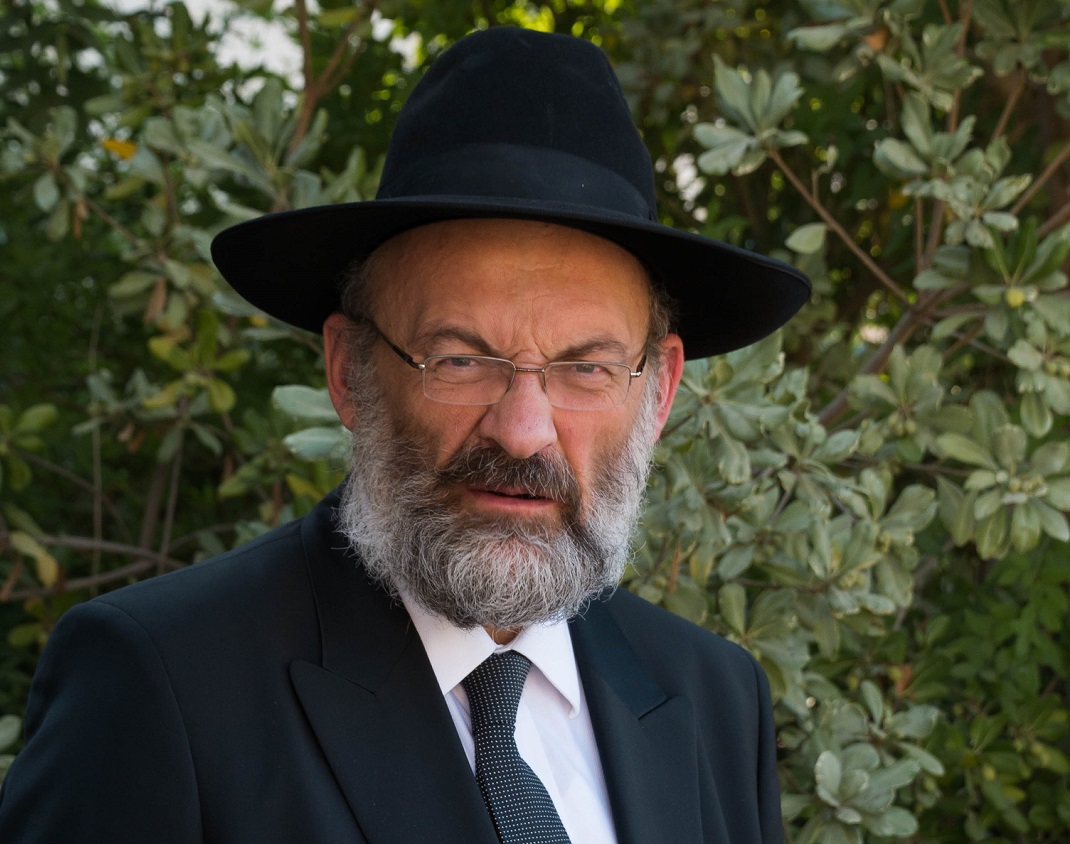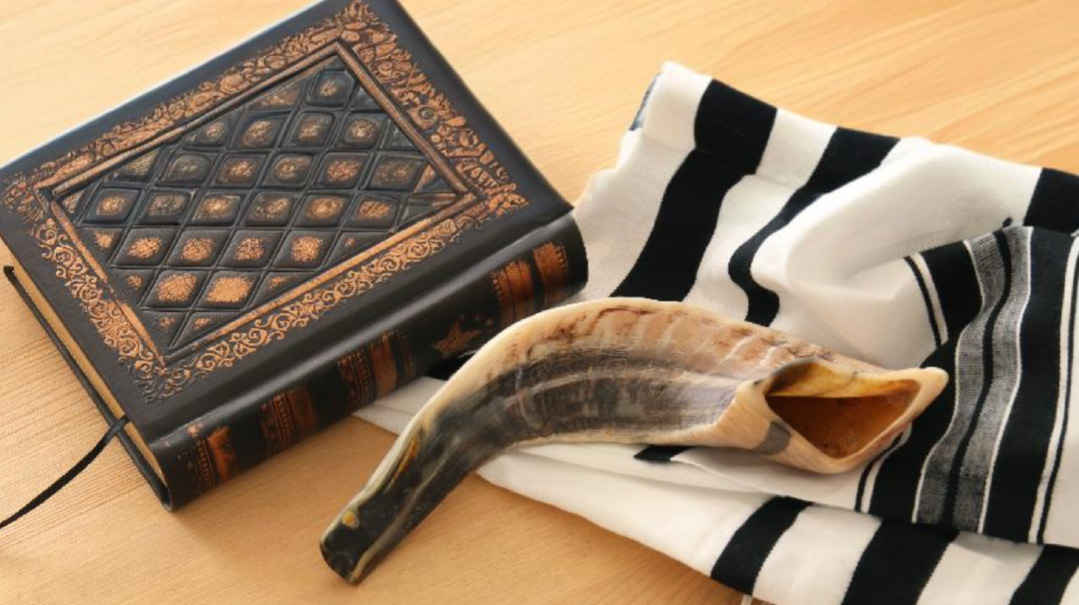Rejoicing Is a Great Avodah

Why real simchah in avodah is so elusive for most of us
More than with any other Yom Tov, simchah is associated with Succos. Simchah isn’t just a requirement of this chag; it’s the essence of it.
At first glance, that seems simple enough to achieve. The novelty of sitting in the succah excites us, the very sight of the lulav and esrog lights up our faces. We sing Hallel, enjoy festive meals, and go out to Simchas Beis Hashoeivah celebrations.
Yet the Rambam at the end of Hilchos Lulav reminds us that “rejoicing in doing the mitzvos and in the love of Hashem who commanded them is a great avodah.” It becomes clear that simchah in avodas Hashem isn’t just a question of being in a good mood when we do a mitzvah. It requires a deep personal connection to our avodah.
This perhaps explains why real simchah in avodah is so elusive for most of us. But it’s not just for the great tzaddikim. If Hashem commanded all of us to attain it, it must be within our reach. Rav Yisrael Salanter in Or Yisrael (s. 30) teaches us that simchah in avodas Hashem comes naturally to everyone — if their path in avodah is in tune with their spiritual nature.
Every person has a unique makeup of middos, proclivities, strengths, and weaknesses. We need to get to know our spiritual selves, and use that knowledge to find a path in avodas Hashem that fits us. Then, when our avodah resonates with us personally, it will be sweet to us.
What is a path in avodah, and how does a person find the one that suits him? Rabbeinu Yonah on Pirkei Avos (2:9) tells us that the key to spiritual growth is attaining perfection in one positive middah (for example, generosity). The same is true regarding mitzvos.
The Gemara (Shabbos 118b) relates that each of the Amoraim chose one mitzvah to practice meticulously. Rav Nachman fulfilled the three seudos of Shabbos with tremendous care; Rabbah had a singular devotion to tzitzis. It goes without saying that Chazal kept all the mitzvos with all their halachic details. But each of them chose one mitzvah to keep to his utmost ability, far beyond the basic obligation. That mitzvah was their personal connection to avodah.
In a more contemporary example, Rav Aryeh Levin and his son-in-law Rav Elyashiv, zichronam livrachah, were both great in Torah and in chesed. But for Rav Levin, chesed was his central mitzvah, while Rav Elyashiv, it seems, made perpetual Torah study his focus.
We all have at least one mitzvah or positive middah that comes to us naturally. Most people don’t work on theirs very much, because it’s already strong. But if we take that mitzvah or middah and give it our all, we can make it the backbone of our avodah, our individual path in serving Hashem. Then, since our avodah appeals to our spiritual nature, it will be exciting and fulfilling.
All of these gedolim teach us an essential principle: Avodas Hashem isn’t one-size-fits-all! The concept that there can be a diversity of paths in avodah might seem surprising to us. In our world, Yiddishkeit can look pretty uniform. And it’s true that the same obligations are binding on all of us: We all need to keep the mitzvos and try to improve our middos. We are all headed for the same destination.
But there are countless ways to get there. One path may be perfect for one person but detrimental to another. We need to know ourselves, and find the path in avodah that’s right for us. Then, says Rav Yisrael, our avodah will be enriched with simchah.
In parshas Ki Savo, the Torah warns us what terrible calamities will come “because you did not serve Hashem your G-d with simchah and good-heartedness, while there was an abundance of everything.” This final phrase seems like an oxymoron. You can’t have a lot of everything!
We may use what we learned from Rav Yisrael Salanter to understand this verse: Avodas Hashem is a giant edifice. It has innumerable floors and wings — the mitzvos and middos. But it has one foundation, which has to be stronger than any other part of the building. “Everything” means the foundation that supports the whole structure. And each mitzvah or positive middah can serve as that foundation.
Hashem rebukes us: you didn’t serve Me with simchah, even though you had such an abundance of foundations to choose from! I gave you so many possibilities to base your avodah on, and you didn’t find even one that fits you! That’s why your service lacked enthusiasm. Had you bothered to find the foundation that fits you, your whole avodah would be infused with simchah.
During the past weeks of soul-searching, we’ve come up with a laundry list of our shortcomings. Now it’s time to find our spiritual forte! Mesillas Yesharim tells us that it’s just as important to be aware of our strengths as it is our weaknesses. By finding our main strength and making it our foundation, we can elevate our whole avodas Hashem and fill it with simchah.
Finding that center of avodah isn’t as easy as it might seem. The yetzer hara often deludes us into thinking that the mitzvah that fits us most just happens to be the one that gives us the honor we crave. A yeshivah bochur who dreams of being a famous lamdan may be quick to decide that in-depth learning is his mitzvah. A philanthropist who thrives on public acclaim may be pulled toward donating extravagant sums to popular institutions.
But now, after Yom Kippur, we’re as close as we can get to perfect self-knowledge. The process of teshuvah has shown us the deceptions of the yetzer, and we see ourselves in a more realistic light. Now we’re ready to find the path in avodah that best benefits us — and not our yetzer hara.
Then comes Succos. We leave our homes and enter the succah, a mitzvah that encompasses us and becomes our home. We experience the mitzvah not as a duty, but as our “habitat,” where we belong. Even the halachah reflects this idea: Someone who experiences discomfort in the succah is exempt, a leniency we don’t find with other mitzvos. Why?
Chazal explain that our dwelling in the succah must reflect the way we dwell in our house all year, and we always make ourselves comfortable at home. During Succos, we must make the mitzvah our home — but all too quickly, this dear mitzvah will be over. Our job during these days is to experience the real simchah of avodah and search for our permanent “home” in the mitzvos, the center of avodah that fits us and can foster a lifetime of growth. Then, when our path in avodah is in tune with our natural strengths, we will discover that serving Hashem with simchah isn’t so distant after all.
Hashem is waiting for all of us to find our own paths in avodah, so our serving Hashem can resonate with us personally. Hashem wants us to experience His service as a joy, not a burden. Let’s take advantage of every minute of the special week ahead of us to find our central mitzvah or middah and make it the heart of our avodah. May we succeed, and experience true simchah that will nourish our spirit for the whole year!
(Originally featured in Mishpacha, Issue 830)
Oops! We could not locate your form.







